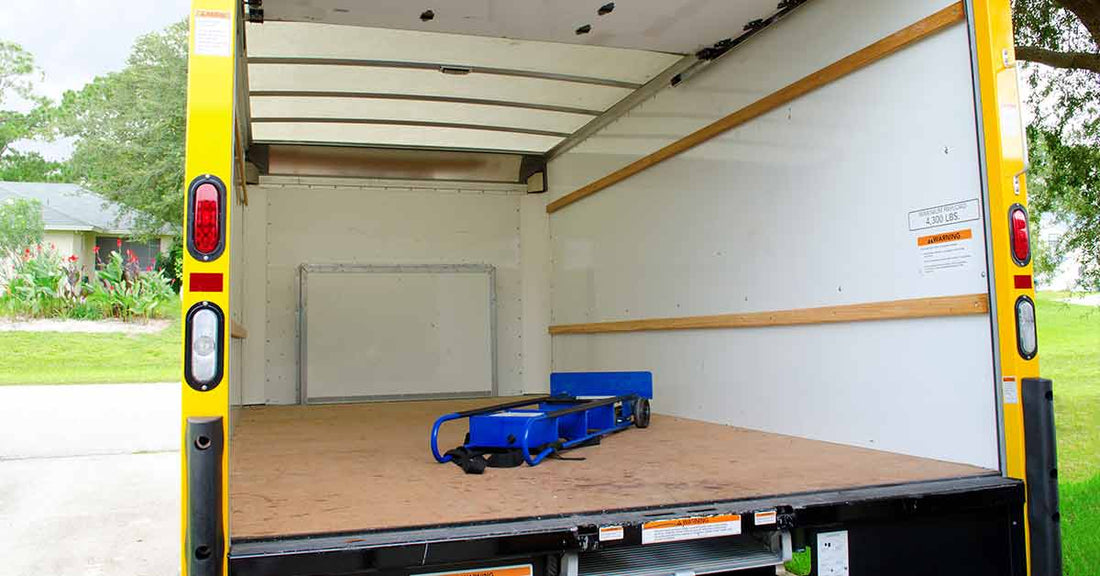
15 Tips for Safely Moving Wood Furniture
Share
Your solid wood furniture pieces represent significant investments in your home décor. So, naturally, you want to protect them. When you have to move wood furniture, be it from one spot in your home to another or from one home to a new one, it's a high-risk situation. Large and even moderately sized solid wood pieces are fairly heavy and often kind of cumbersome. That makes them difficult to move, and then there's the concern that wood furniture is particularly susceptible to dings, scratches, and other damage. Here at Heywood-Wakefield, we do everything we can to help from our end. Our lumber selection and manufacturing process is devoted to crafting pieces that hold up for a century or longer. Plus, our proprietary Amber furniture finish offers state-of-the-art surface protection. But nothing can safeguard wood furniture against all potential mistreatment, mishaps, and accidents. The moral of this story is simply that wherever and however you're moving your wood furniture, some planning and precautions are in order.
Wood Furniture Moving Best Practices
- First—because you're more important than any furniture item—remember to bend at your knees and hips and never lift with your back. And be realistic; don't try to tackle any moving job you can't safely do, especially on your own. Which brings us to:
- Enlist help. Moving furniture is safer, easier, and less likely to result in accidental damage with more hands. And if you're moving solid wood furniture from one home to another, we highly recommend hiring professional movers.
- Plan out your travel path and exactly where the item will be placed to avoid extra moving or maneuvering. Make sure the path and destination are clear before moving the furniture.
- Clear off all shelves and empty all drawers and cabinets. Extra items add unnecessary weight, and they can cause damage if they fall over or slide around (and fragile items could break).
- Separate removable components like drawers, shelves, and detachable legs. The smaller and lighter the pieces you're dealing with, the less likely they are to get damaged. Also, you don't want components falling off while moving the furniture.
- If you're moving the furniture up or down stairs or out of your home, wrap it in moving blankets or other durable, breathable fabric protection.
- Use quality furniture sliders that slip under the legs or corners for large, heavy pieces. Varieties are available that are designed specifically for sliding across carpet. These make the move easier, protect the bottom of the furniture, and most importantly, they protect your floors.
- Frisbees, plastic container lids, thick blankets or towels, moving blankets, or sturdy cardboard can also work as homemade sliders. Sliding is often preferable to carrying and always preferable to dragging.
- Consider renting or buying a moving dolly, shoulder dollies, or hand truck if you have one or more moderately sized pieces to move. Don't attempt to use any of these on stairs, though.
- Angle long pieces upward, carrying them with one end high and one end low. This centers the weight and makes them more easy to maneuver.
- Be careful about supporting long pieces from both ends when they're elevated to prevent strain that can result in cracks.
- “Hook” chairs through doorways. That refers to turning them on their side in an “L” position, passing the back through the doorway first, then curving the seat around the door frame (away from the door if there is one).
- Take doors off their hinges if you'll have some tight squeezes. It may not seem like much, but it often makes the difference between an easy fit and a major undertaking with high risk of doing damage.
- Remove rings before you move wood furniture to prevent accidental scratches, as well as damage to your jewelry.
- Read about properly storing wood furniture if you're moving it into storage.
